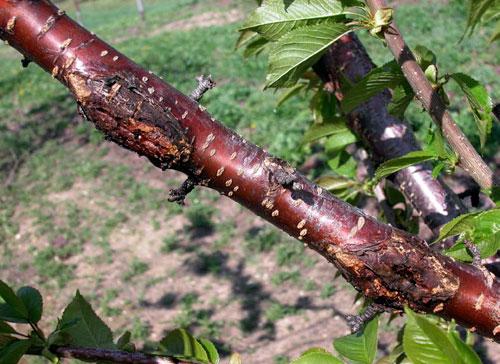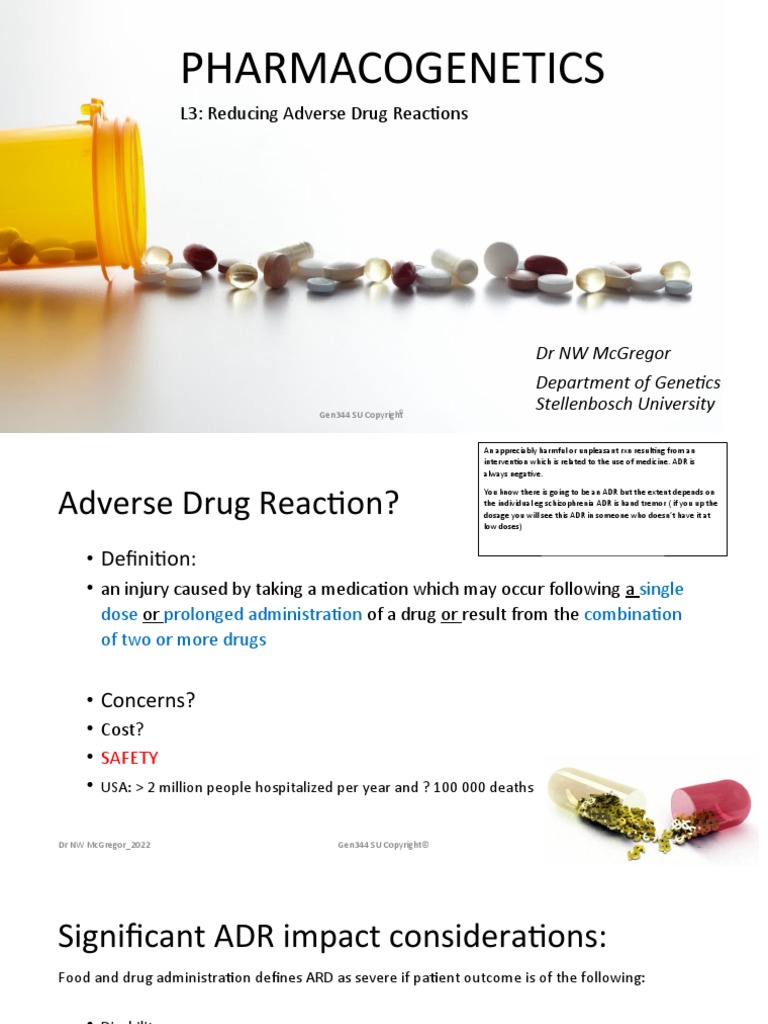Peach Bacterial Canker

Peach bacterial canker, caused by the bacterium Pseudomonas syringae, is a significant disease affecting peach trees worldwide. This disease can lead to substantial economic losses due to its impact on tree health, fruit production, and quality. Understanding the symptoms, causes, and management strategies of peach bacterial canker is essential for growers and orchardists to mitigate its effects and maintain the health and productivity of their peach trees.
Symptoms of Peach Bacterial Canker
The symptoms of peach bacterial canker can vary depending on the stage of the disease and the environmental conditions. Initially, small, water-soaked spots or lesions may appear on the leaves, stems, or fruit of the peach tree. These lesions can quickly turn brown or black and may be surrounded by a yellow halo. As the disease progresses, the lesions can expand and coalesce, leading to the formation of large cankers on the stems and branches. These cankers can girdle the tree, disrupting the flow of water and nutrients, and eventually causing dieback of the affected branches.
On the fruit, the disease can cause small, circular spots that are usually surrounded by a red or purple ring. The spots can enlarge and merge, forming large, irregular lesions that can render the fruit unmarketable. In severe cases, the disease can cause defoliation, reducing the tree’s ability to photosynthesize and affecting its overall health and productivity.
Causes of Peach Bacterial Canker
Peach bacterial canker is caused by the bacterium Pseudomonas syringae, which is a common inhabitant of soil, water, and plant surfaces. The bacterium can enter the peach tree through natural openings, such as stomata or wounds, or through insect vectors. The disease is often associated with cool, wet weather, which can facilitate the growth and spread of the bacterium.
Several factors can contribute to the development of peach bacterial canker, including:
- Weather conditions: Cool, wet weather can create an environment conducive to the growth and spread of the bacterium.
- Insect vectors: Insects, such as aphids and psyllids, can transmit the bacterium from infected to healthy trees.
- Wounds and injuries: Wounds or injuries to the tree can provide an entry point for the bacterium.
- Soil moisture: Excessive soil moisture can increase the risk of disease development.
Management Strategies for Peach Bacterial Canker
Managing peach bacterial canker requires a multi-faceted approach that incorporates cultural, chemical, and biological control methods. Some strategies for managing the disease include:
- Sanitation: Removing and disposing of infected plant material can help reduce the risk of disease spread.
- Pruning: Pruning infected branches and removing cankers can help control the disease.
- Irrigation management: Avoiding excessive soil moisture and using drip irrigation can help reduce the risk of disease development.
- Fungicides and bactericides: Applying fungicides and bactericides can help control the disease, but their use should be integrated with other management strategies.
- Biological control: Introducing beneficial microorganisms, such as bacteria and fungi, can help suppress the growth of the pathogen.
- Resistant cultivars: Planting resistant cultivars can provide long-term control of the disease.
Cultural Control Methods
Cultural control methods are essential for managing peach bacterial canker. These methods include:
- Planting healthy trees: Planting trees that are free of disease can help reduce the risk of disease introduction.
- Maintaining tree health: Maintaining tree health through proper nutrition, pruning, and irrigation can help reduce the risk of disease development.
- Monitoring for disease: Regularly monitoring trees for signs of disease can help detect infections early, when they are more easily controlled.
Chemical Control Methods
Chemical control methods can be effective in managing peach bacterial canker, but their use should be integrated with other management strategies. Some chemical control methods include:
- Copper-based products: Copper-based products can be effective in controlling the disease, but their use should be limited to avoid the development of resistance.
- Antibiotics: Antibiotics, such as streptomycin, can be effective in controlling the disease, but their use should be limited to avoid the development of resistance.
Biological Control Methods
Biological control methods can provide a sustainable and environmentally friendly approach to managing peach bacterial canker. Some biological control methods include:
- Beneficial microorganisms: Introducing beneficial microorganisms, such as bacteria and fungi, can help suppress the growth of the pathogen.
- Biopesticides: Biopesticides, such as Bacillus subtilis, can be effective in controlling the disease.
Conclusion
Peach bacterial canker is a significant disease that can have a substantial impact on peach tree health and productivity. Understanding the symptoms, causes, and management strategies of the disease is essential for growers and orchardists to mitigate its effects. By incorporating cultural, chemical, and biological control methods, growers can reduce the risk of disease development and maintain the health and productivity of their peach trees.
What are the symptoms of peach bacterial canker?
+The symptoms of peach bacterial canker include small, water-soaked spots or lesions on the leaves, stems, or fruit, which can quickly turn brown or black and may be surrounded by a yellow halo. The disease can also cause defoliation, reducing the tree's ability to photosynthesize and affecting its overall health and productivity.
How is peach bacterial canker caused?
+Peach bacterial canker is caused by the bacterium Pseudomonas syringae, which can enter the peach tree through natural openings, such as stomata or wounds, or through insect vectors. The disease is often associated with cool, wet weather, which can facilitate the growth and spread of the bacterium.
What are some management strategies for peach bacterial canker?
+Management strategies for peach bacterial canker include cultural, chemical, and biological control methods. Cultural control methods include sanitation, pruning, and irrigation management. Chemical control methods include the use of copper-based products and antibiotics. Biological control methods include the introduction of beneficial microorganisms and biopesticides.
By understanding and implementing these management strategies, growers and orchardists can reduce the risk of peach bacterial canker and maintain the health and productivity of their peach trees. Regular monitoring and early detection of the disease are crucial for effective management, and a combination of cultural, chemical, and biological control methods can provide a comprehensive approach to managing the disease.


